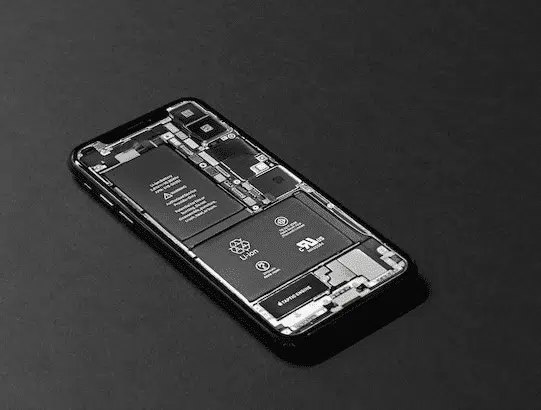Lithium-Ion Battery Safety for Seniors
Posted in Senior Health Care Tips
From smartphones to mobility scooters, lithium-ion (Li-ion) batteries can be found in many rechargeable electronics.
While these batteries provide the power for many household conveniences, their ubiquity and range in production quality has led to numerous reports of dangerous, sometimes deadly residential fires in New York City.
The following article outlines how Li-ion batteries cause fires and steps you can take to lower your risk. 
Understanding Li-ion Batteries
Li-ion batteries are most commonly found in rechargeable devices like smart phones, small electric vehicles (like mobility scooters), laptops, household appliances (like Roombas,) and some medical devices.
These batteries are generally safe and unlikely to fail, however defects or damage to the battery can create a severe risk of fire or explosion.
Defects and damage can be caused by the following:
- Physical damage to the battery cells (dropping, crushing, piercing)
- Battery temperatures reach 130o F, either due to internal heat buildup or external heat sources like a radiator or space heater
- Charging batteries in environments below 32o F
- Failing to follow the battery manufacturer’s charging instructions, or using a different charger from the one supplied with the battery
Thermal Runaway
When a Li-ion battery fails, a single cell will reach extreme heats quickly, causing a chain reaction as each cell ignites over a short period of time called thermal runaway.
During thermal runaway, dangerous chemicals are released into the air as white smoke, and fires can reach up to 750o F, causing other items to also catch fire. Due to the chemical source of this fire, neither water or certain household fire extinguishers can put out these flames.
Even if a thermal runaway fire appears to be extinguished, other cells in the battery may ignite due to the heat and chemicals released. As a result, any Li-ion battery fire should be reported to 911 so the battery can be safely removed.
Preventing Li-ion Battery Fires
Because a damaged Li-ion battery can fail so rapidly and catastrophically, prevention is the only safe approach to managing this hazard.
- When purchasing a product that uses Li-ion batteries, be sure to check for a certification from a nationally recognized testing lab.
- Only use charging equipment provided with the battery and follow all instructions.
- Unplug batteries when they are fully charged.
- Only charge and store batteries in a cool, dry place that is out of direct sunlight and away from heat sources and flammable material.
- Do not charge batteries overnight.
- Do not plug batteries into a power strip. Plug batteries directly into a wall socket.
- Do not charge or store batteries near your primary means of exit out of a room/space.
- Inspect your battery before charging for any signs of damage, like bulging, cracking, hissing, leaking, rising temperature, or smoking.
What To Do In Case of a Li-ion Battery Fire
If you notice a visual change, excess heat, smoking, odd smells or noises while charging or using a Li-ion battery, stop using it immediately. If safe to do so, move the device away from anything that can catch fire, and call 911 as you leave the area.
Be sure to review your existing fire safety plan and consider if the risk of a Li-ion battery fire has been addressed.
For more information on Li-ion battery safety, review this video from the New York City Fire Department.
While rechargeable batteries power many modern conveniences, it is incumbent on everyone to ensure they are used and handled safely.
If you or a loved one are considering home health care services due to injury, illness, safety concerns, or just need a helping hand at home, consider calling SelectCare today or requesting a free in-home care guide.
